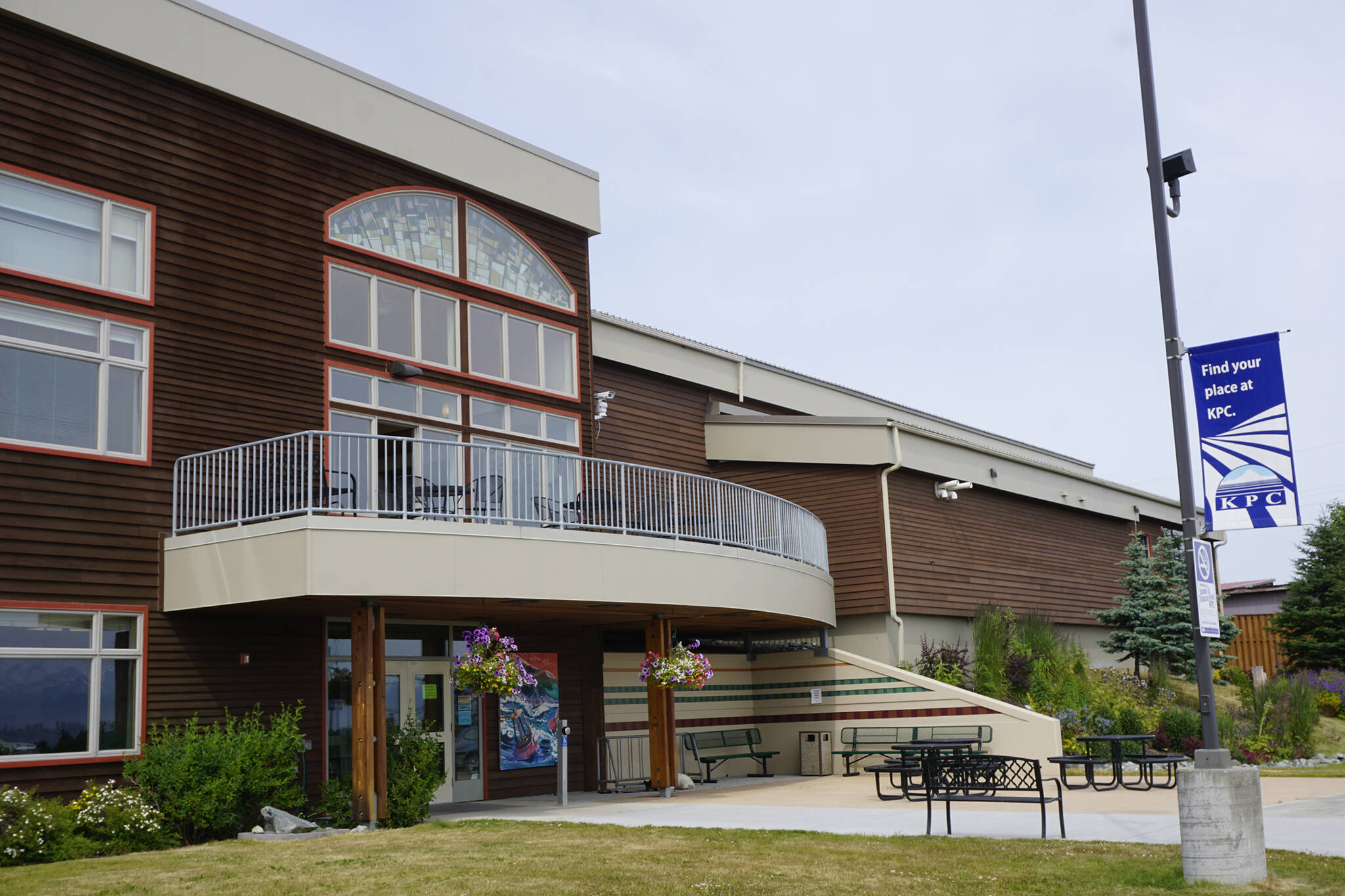On Aug. 9, the Kenai Peninsula Economic Development District sponsored a regional mariculture meet up at the Kachemak Bay Campus.
The event hosted a variety of speakers from across the state, who presented information on current market issues that are relevant to established and interested shellfish and kelp farmers in Kachemak Bay.
In Alaska, mariculture is defined as enhancement, restoration and aquatic farming of shellfish and seaweeds.
Approximately 50 people attended, most representing farms already engaged in the mariculture industry, but there were also retailers and processors, Cassidi Cameron, KPEDD special projects manager, said.
Cameron said the State of Alaska has been looking to expand opportunities for mariculture enhancement for several years, beginning with the creation of Gov. Bill Walker’s Mariculture Task Force in 2018.
As a successor organization from that task force, the Alaska Mariculture Alliance developed with members reflecting a widespread interest in mariculture from the perspective of education, industry and commerce and various state departments with the intent of moving mariculture toward a larger sustainable commercial industry, Cameron said.
“Gov. Dunleavy has continued to expand options in the industry to forward various sectors of the mariculture industry in business and growth development,” she said.
The Alaska Regional Development Organizations work in part with the four Economic Development Districts of the state. In addition to the Kenai Peninsula, these include Southwest, Prince William Sound and Southeast.
Cameron said the Southeast region has seen its mariculture industry grow faster and further than other regions.
“The Southeast region is what really took that on the initiative to look at ways the state can make the industry more robust,” she said.
The Aug. 9 Mariculture meet up was the first time KPEDD attempted to create an organized event for stakeholders to come listen to presentations, according to Cameron.
The day ended with a breakout work group session to provide an opportunity for people to express some of their concerns and experiences in the industry.
“Change and innovation happens when people can connect, collaborate and start to share ideas. So, from this, we hope that industry participants recognize how they are supported by state organizations,” Cameron said in discussion with the Homer News.
KPEDD also wants to encourage people to look for ways to incorporate rural and Native communities in opportunities for mariculture innovation. Jeff Hetrick, mariculture director with the Alutiiq Pride Marine Institute in Seward, provided a live presentation related particularly to this.
After a series of seven speakers provided presentations, a final discussion session was designed to identify industry-specific bottlenecks and pathways for solutions.
In this session there were three primary topics identified as major challenges to the mariculture industry.
Consistent PSP testing
The first is the role of the Department of Environmental Control and regulated testing for paralytic shellfish poisoning. As one audience member expressed, “if we don’t have consistent access to the DEC, there is no industry.”
One way to address this is to move the shellfish harvest season from the summer months to the winter and spring when water temperatures are lower, according to participant commentary. Other discussion on this topic related to where responsibility lies for testing and how quickly test results can be processed.
“This is a big bottleneck because the DEC is not operating at full capacity and are not able to provide testing quickly enough to get the shellfish onto the commercial markets,” Cameron said.
Otters and gear protection
Second, the role of sea otters, abundant in the Kachemak Bay region of Alaska, was identified as an issue.
A natural predator of oysters, sea otters have the ability of the animal to remove shellfish from the cages.
Much of the oyster yield decrease in the Kenai Peninsula region is a result of that predation with the current gear use according to conference dialogue and later discussion with Cameron.
Some of the funding available with the current KPEDD grant money is eligible to explore gear innovation and modification.
Organic certification difficulty
The final topic of discussion that received commentary was related to kelp farming and the difficulty of receiving an organic certification.
“Many consumers prefer to have a certified-organic product and that is not an easy label to come by and there are many necessary steps,” Cameron said.
A way to address this might be to investigate another market label like other products in the state such as “Copper River Salmon” or “Alaska Grown,” she said.
In discussion with the Homer News, Cameron returned to the topic that value is not just income but that there is equitable development opportunities for all communities in the industry, including Indigenous perspectives.
“There are exciting opportunities here but there is still a lot of work to be done. You’re not going to see Kachemak Kelp at Whole Foods in Portland, yet,” she said.


